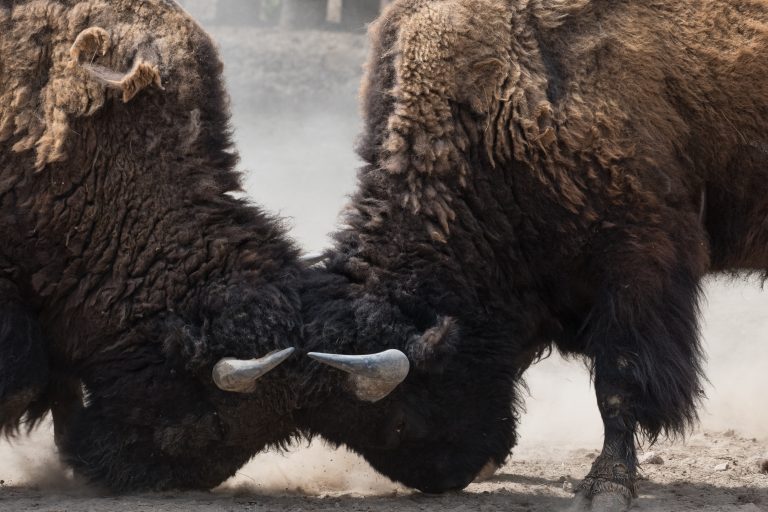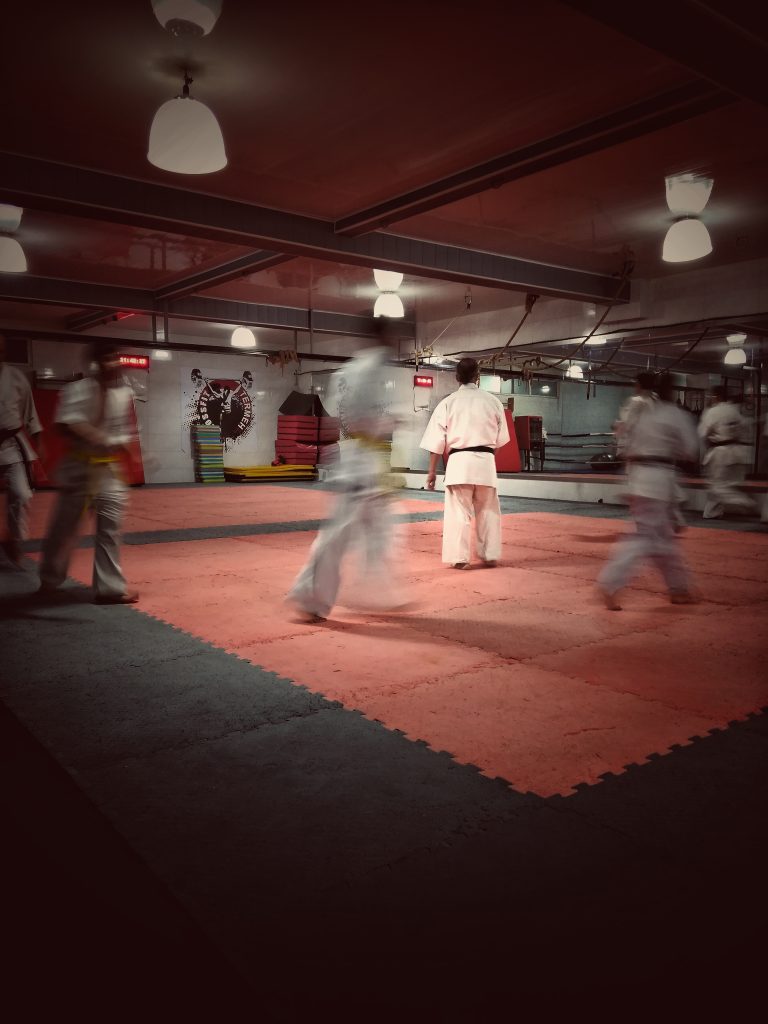What is the Difference Between Karate and Taekwondo?
Karate and Taekwondo have been around for centuries and have been some of the most commonly practiced martial arts all over the world. Both forms were created to help protect life and property, while also teaching self-discipline and respect. So, when comparing Karate and Taekwondo, what are the major differences?
In this blog post, we will discuss the major differences between Karate and Taekwondo, including the origins of each form, the respective fighting styles, as well as the protective equipment used in each form. Through analyzing the differences between both forms, we hope to give readers a better understanding of the great martial arts known as Karate and Taekwondo.
Origin of Karate and Taekwondo
Karate is believed to have originated from the Ryukyu dynasty of Okinawa. Although there is no exact date for when it originated, it is known that 300-400 years ago, the martial art form was developed for self-defense in case any attack happened without the use of weapons. It was also known by other names including “te” (hand) and “tode” (Chinese Hand).
On the other hand, our knowledge of Taekwondo’s origin is better known due to its relatively younger age, which dates back 2,300 years ago. It originated in Korea and heavily relies on kicking and punching from martial arts that have been developed from ancient times in Korea. Furthermore, it was trained by agents in Joseon’s times as self-defense. This martial art was also recognized by the royal family of Joseon and even sometimes used for ceremonial purposes.
Fighting Style of Karate and Taekwondo
Karate is considered a stand-up martial art form with emphasis on punches, strikes, kicks, blocks and open facing body movements. In this form, practitioners use their hands more than their feet while they focus on using their legs primarily as a tool to keep themselves balanced while trying to avoid contact with their opponents. Karate also gives importance to physical instinct; it’s all about being in control with your reflexes and building power and speed through practice.
Taekwondo, on the other hand, is a predominantly contact form of martial arts. Unlike Karate, its practitioners use their feet and knees more than their hands while maintaining contact with their opponents. The techniques used involve a wide variety of powerful kicks to break your opponent’s guard along with punches and open blocked-style patterns. It places emphasis on reaction speed and accuracy as well as energy control which results in specific target attacks driven by technique rather than strength.
Protective Equipment Used in Karate and Taekwondo
The protective equipment used in Karate usually involve thickly-padded uniforms called Gi which is accompanied with a hybrid-protective gear that includes a helmet, shin guards, forearm guards, chest guard (which is optional) and an ankle brace (again optional). As for sparring practice, a glove is lightly used to defend certain parts of the practitioners body. The boxing gloves are not much thicker since Karate doesn’t involve much contact with your opponent other than self-defense blocks and throws.
On the other hand, Taekwondo also involves thickly-padded uniforms known as Dobok which is accompanied by much heavier protective gears viz headgear, thigh guard, shin guards, forearm guard, mouth guard (optional) and a groin cup (again optional). The sparring practice in Taekwondo includes much more armor since it involves much more contact with your opponent. Furthermore, there are no gloves since sparring mainly revolves around delivering leg techniques that can cause serious injury if enough protection is not taken during practice.
Conclusion
In conclusion, when comparing Karate and Taekwondo there are numerous differences that must be taken into consideration. The origin of each form as well as their respective fighting styles must be taken into account when answering this question. Additionally, the protective equipment taken into consideration per each form is vastly different due to the lack of contact of Karate compared to that of Taekwondo.
When implemented correctly with respect to each form’s origin, fighting style and respective protective gear, one can understand why each form may be more suitable for a certain individual or even preferred over the other in terms of intensity or technicality. In any case though, we can learn from both forms enough to develop our own style to become successful martial artists while appreciating every aspect each form has to offer.
The Most Frequently Asked Questions about the Origin of Karate and Taekwondo
Martial arts are an extremely popular form of exercise, self-defense, and a way of life for countless people around the world. Two of the most popular and widely practiced martial arts are Karate and Taekwondo. Both are characterized by specific techniques, movements, and philosophies that have been influenced by Buddhism, Taoism, and other Eastern beliefs. In this blog post, we’ll explore some of the most frequently asked questions about the origin of Karate and Taekwondo.
What Is the Origin of Karate?
Karate is a martial art that originated in Okinawa, a small island in Japan. The practice was initially known as „Okinawa-te,“ which means „Okinawa hand.“ It was later renamed „Karate,“ which means „empty hand“ in Japanese, to reflect the style’s emphasis on martial arts techniques that do not require any weapons.
Karate was developed in Okinawa in the late 19th century, and it was influenced by the martial arts styles of China. The practice was primarily used for self-defense, and its techniques continued to evolve through various schools of Karate until it became the mainstream practice that we know today.
What Is the Origin of Taekwondo?
Taekwondo is a martial art that originated in Korea. It was developed after World War II by a group of Korean martial arts experts who combined various Korean martial arts styles to create a new form of self-defense. Taekwondo was officially recognized as a sport in 1946 by the Korean government.
The name „Taekwondo“ means „the way of kicking and punching.“ It emphasizes fast, powerful, and dynamic kicks and punches, as well as sweeping and grappling techniques. Taekwondo also incorporates the use of weapons, including the short stick, knife, and sword.
What Is the Difference between Karate and Taekwondo?
Karate and Taekwondo are similar in many ways, but they also have some significant differences. The most prominent differences are found in their techniques and philosophies.
Karate techniques include many striking techniques such as punches, kicks, and open-handed strikes. It also includes throwing, joint-locking, and grappling techniques. Karate places great emphasis on striking with the heel of the foot and the edge of the hand.
Taekwondo, on the other hand, focuses heavily on kicking techniques. Taekwondo practitioners use quick, powerful, and dynamic kicks to strike opponents. Taekwondo also includes hand strikes and throws, but the emphasis is on the legs.
Another significant difference between Karate and Taekwondo is their philosophy. Karate emphasizes self-defense and personal development, and its focus is on developing discipline, respect, and humility. Taekwondo places more focus on personal development and self-defense through physical fitness, mental strength, and discipline.
What Are the Benefits of Studying Karate and Taekwondo?
Karate and Taekwondo offer many physical and mental health benefits. Martial arts training is an excellent way to develop strength, flexibility, endurance, and cardiovascular fitness. It also promotes mental discipline and concentration, which can be beneficial in all areas of life.
Studying Karate and Taekwondo can also contribute to your personal and social development. Both martial arts emphasize humility, respect, and courtesy, which can help practitioners develop interpersonal skills and build confidence.
In addition to the health and personal benefits, Karate and Taekwondo provide an effective form of self-defense. The techniques learned through martial arts training can be used to protect oneself and others from harm.
Conclusion
Karate and Taekwondo are two of the most popular martial arts in the world. Both have a rich history and a strong tradition of teaching self-defense, personal development, and physical fitness. Whether you’re interested in improving your physical health, mental discipline, or self-defense skills, Karate and Taekwondo offer a unique and rewarding way to achieve your goals.
Inhaltsverzeichnis





